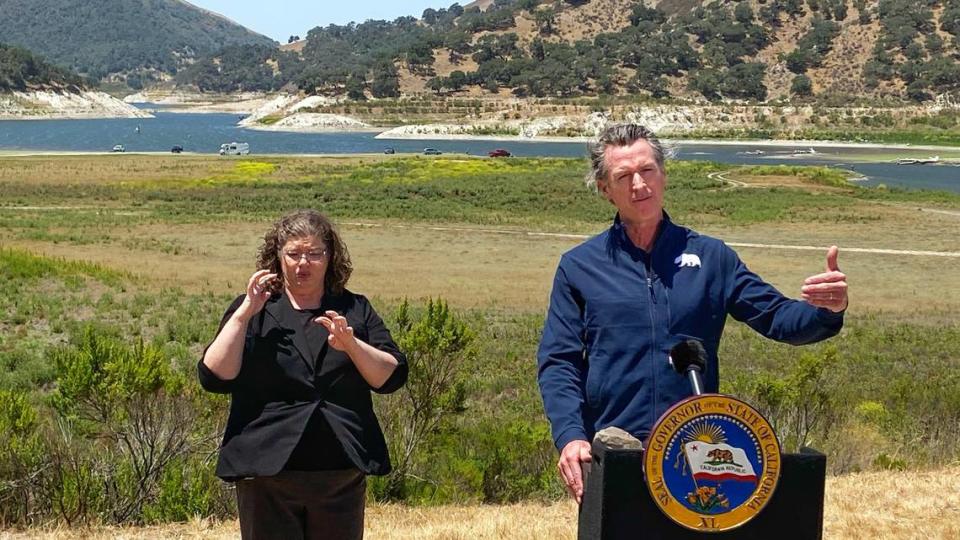Threats from climate change leave SLO County facing an ‘uncertain’ future. Here’s how
Editor’s note: This article is the first in a four-part series exploring how climate change may reshape life in San Luis Obispo County over the next 10 to 50 years. The series will examine the existing science and evaluate the steps we can take to reverse the impacts, both as a community and as individuals.
In good years, there are at least three months when the hills in San Luis Obispo County turn a rich, lush green.
The tall grasses flourish from steady rainfall that fell over the winter, bluff shrubs push out new growth and the coast live oaks bloom with yellow and green flowers. Areas such as the Irish Hills Natural Reserve near the county’s center finally seem to look like their namesake.
As the normally dry summer wanes, the grasses turn golden, then brown. The temperatures cool and farmers wait for the rain to start again, as it always had.
Those good years are becoming less common as the climate changes, creating new weather patterns and conditions that are reshaping the landscape. Drought, extreme heat, unusual storm events, early and late cold spells and wildfires are increasingly impacting San Luis Obispo County.
You may not see the dramatic effects of this human-caused climate change here quite yet: When you turn on your tap, water still comes out. The heatwaves only last a week at most, and you can escape to the expansive beaches to cool off.
But experts say they’re keeping close tabs on the data and noticing even subtle shifts in wind speeds, ocean temperatures, heat wave intensity and rainstorm frequency that signal San Luis Obispo County certainly will not be immune to the impacts of climate change as greenhouse gasses continue to warm up our atmosphere.
“We’ve always had natural climate change,” said John Lindsey, a former meteorologist for PG&E. “Yes, it’s always happened. But the rate of change (now) is completely, 100% unprecedented.”
Lindsey, who worked for PG&E for 30 years before retiring last year, had access to data from above-ground and underwater sensors installed by the utility company that he used to analyze unique climate events in the area.
He’s noticed brief periods of incredibly warm ocean temperatures outside the normal 54-to-64-degree range, and higher-than-normal wind speeds that correlate with record-breaking hot temperatures.
Lindsey said he suspected these uncommon occurrences are the result of human-caused climate change, and they’re likely to become more frequent and more severe.
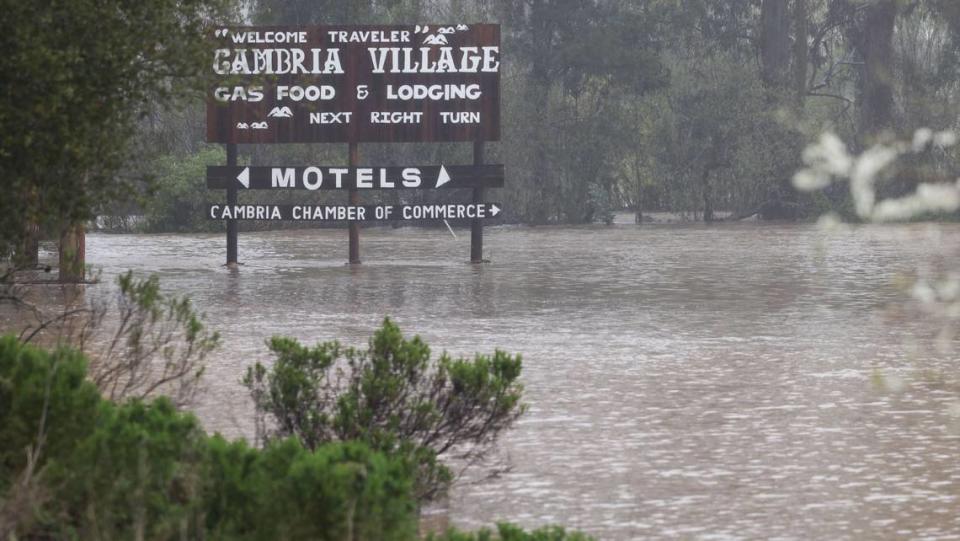
What does the science say will happen in SLO County as the climate changes?
Since about 1900, human emissions of greenhouse gasses — mainly from the burning of coal, oil and gas in the developed world — have heated the planet by approximately 2 degrees Fahrenheit, or 1.1 degrees Celsius, according to the Intergovernmental Panel on Climate Change. Most scientists agree that in the next 30 years, the global average temperature will inevitably increase by about 2.7 degrees Fahrenheit, or 1.5 degrees Celsius.
The International Panel for Climate Change warns that warming above 3.6 degrees Fahrenheit, or 2 degrees Celsius, would mean the complete collapse of major ecosystems and their functions. That, associated with more frequent and intense extreme weather events, would push vast regions of Earth beyond tipping points that would lead to famine, disease outbreaks, waves of mass human migration and the loss of millions of lives, according to the panel.
Scientists can usually figure out what kind of impacts from climate change the world may experience. Through complex, peer-reviewed models, they can input data to create and evaluate “what-if” scenarios.
These scenarios can include understanding of how 1 foot versus 3 feet of sea level rise may impact an area differently. This kind of analysis can then guide policy and permitting decisions along our coasts, help us prepare for the inevitable and reduce the negative impacts of heatwaves, droughts, fires and flooding.
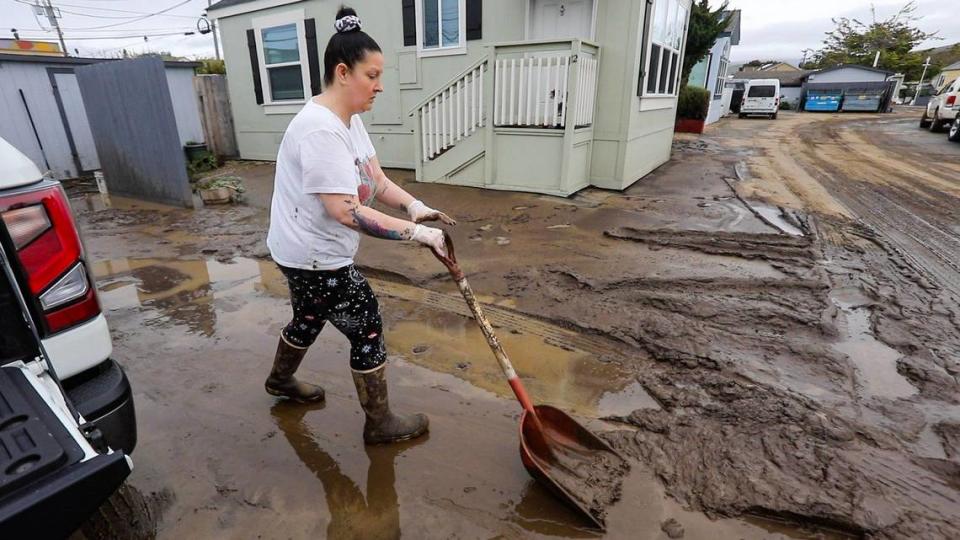
Park Williams, a hydroclimatologist and associate professor at the University of California Los Angeles is one of the scientists who use these models to investigate the impacts of climate change in California.
In general, Williams has found that climate-change-related impacts on the Central Coast are harder to predict than other areas of California because of its location between the drier southern half of the state and the often-wetter northern half.
“Future trends in precipitation are extremely uncertain in California, especially Central California,” Williams wrote in an email to The Tribune.
Models generally project annual precipitation to decrease in much of southernmost California, especially in fall and spring, and increase in Northern California, mostly due to increases in winter rainfall.
“Central (California) is in the middle ground and models are all over the place in terms of the direction of future precipitation trends,” Williams said.
Climate models agree that year-to-year variations in total precipitation will become more variable — meaning drier dry years and wetter wet years.
However, the models are uncertain when it comes to the marine layer — the dense fog that covers much of the county’s coastal areas. This fog provides moisture to coastal plants and cooler temperatures even during the hottest, driest months of the year.
“Marine layer clouds today in the greater (Los Angeles) area are significantly higher and less common than they were 50 years ago,” Williams said. “But coastal Central and Northern California do not appear to have experienced such trends. Coastal marine layer clouds are fascinatingly complex, and how global climate change and local land-cover change will combine to affect coastal California climate is still highly uncertain.”
Williams noted that all of California will likely see droughts become more intense and longer lasting, punctuated by periods when “there is a lot, and sometimes too much, water” — as happened this year.
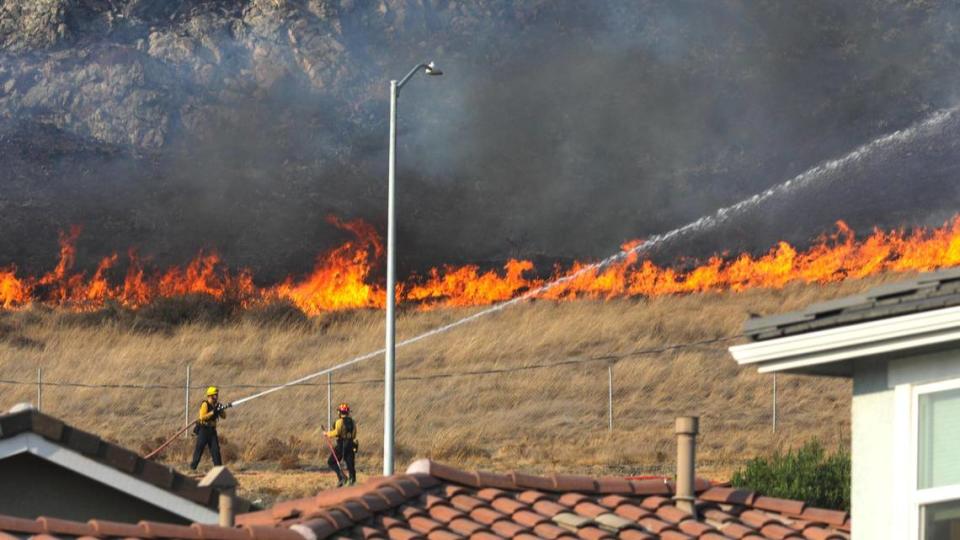
‘What if’ scenarios already becoming reality
San Luis Obispo County is already experiencing some of these climate change impacts — as seen with the series of severe rainstorms that hit the region.
In late January 2021, an atmospheric river dumped more than a half-foot of rain on San Luis Obispo County in less than three days, causing flooding and destruction that led Gov. Gavin Newsom to declare a state of emergency for the region.
Without that rainfall, the 2020-21 rainy season would have likely been the driest on record.
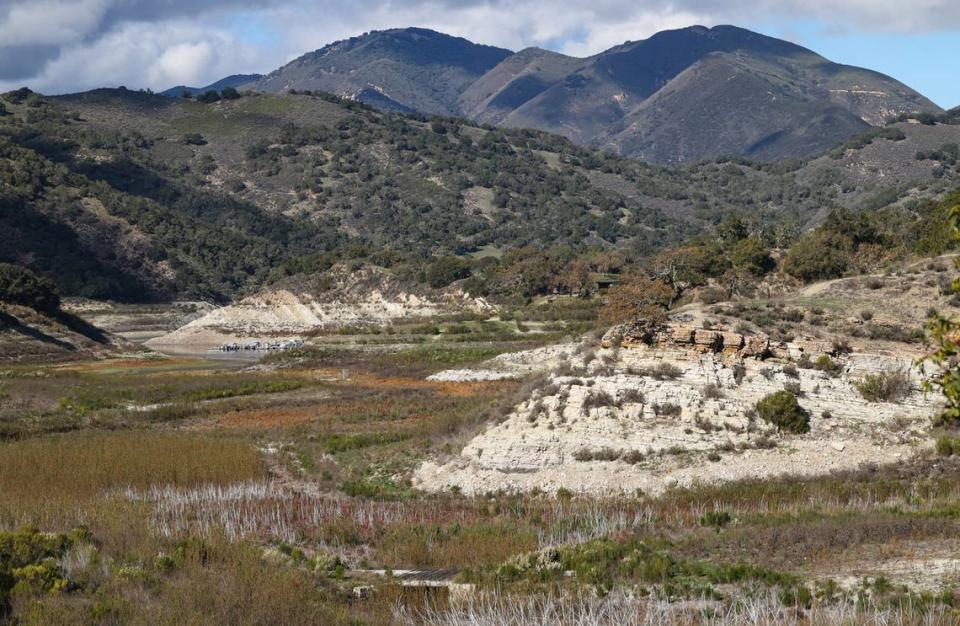
The county was then thrown into a severe drought. Some rain fell in September — quite an unusual occurrence — but little rain through the late fall stressed plants and wildlife, causing reservoirs and streams to shrivel to emergency-level lows.
Then, in January of this year, an atmospheric river dumped more than a half-foot of rain on San Luis Obispo County over about two days, causing flooding, death and destruction that led President Joe Biden and Newsom to issue disaster declarations.
That was then followed by one more atmospheric river storm in early March, which dumped another foot of rain on the already-drenched region and caused more flooding and infrastructure disruptions.
While the unusually wet winter of 2023 has refilled reservoirs and quenched thirsty soils in San Luis Obispo County, experts warn that the West is undergoing unprecedented aridification, or drying out, due to frequent dry years coupled with historically abnormal extreme heat.
“What keeps me up at night … is drought,” said Blaine Reely, the county’s groundwater sustainability director. “We desperately need rainfall.”
During the recent droughts, surface water sources dwindled with higher-than-average temperatures causing quicker evaporation of already-lower supplies due to fewer rainy days. The increased demand for groundwater caused local basins to deplete faster than they could replenish and some to become contaminated with saltwater intrusion.
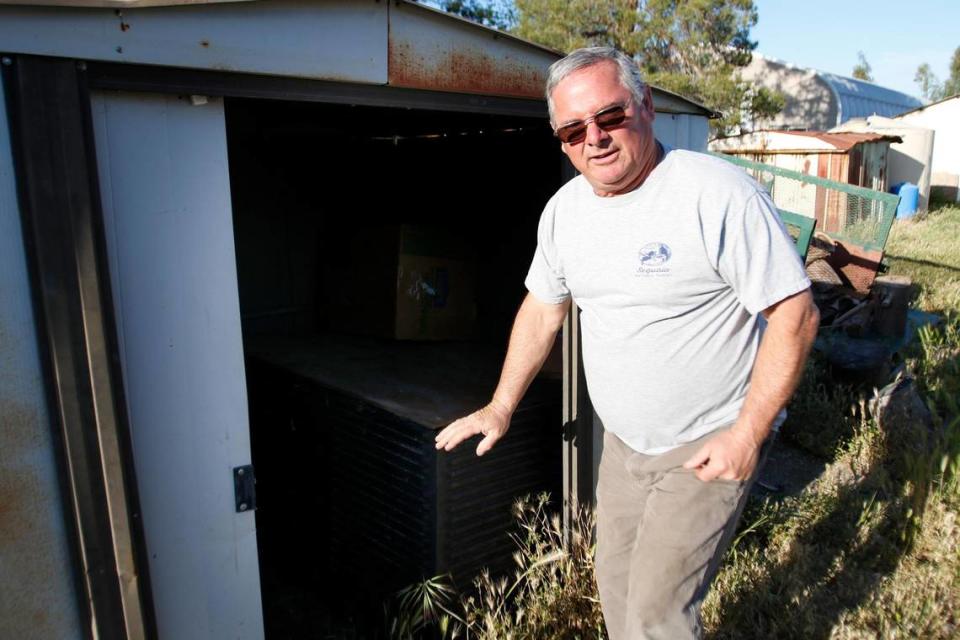
Adapting to this impact of climate change is challenging, according to Courtney Howard, the county’s water resources division manager, who echoed the sentiments of Reely.
“That’s what keeps me up at night: What is it going to look like next year?” Howard asked. “It’s hard to try to make it (water) last as long as possible over multiple years and not know how long you need to do that — how far you can stretch that last bit of water in the reservoirs.”
Data from the National Oceanic and Atmospheric Administration shows San Luis Obispo County has gradually gotten drier and warmer since records began in 1895.
NOAA’s data shows the county has warmed by about 0.2 degrees every decade since 1895 — from an average annual temperature of nearly 57 degrees to nearly 60 degrees.
Average precipitation has lessened across the county only slightly — down 0.04 inches each decade since 1895, according to the data.
What can be done?
To protect communities and future generations from the worst impacts of the climate crisis, governments must, at the very least, meet two specific targets, according to the Intergovernmental Panel on Climate Change.
First, by the year 2030, the IPCC says governments must cut global greenhouse gas emissions by 50% below the emission levels recorded in the baseline year of 2005. Second, governments must achieve net-zero emissions by 2050, the panel of scientists from around the world said in its latest report released in early 2022.
Investments from the $369 billion dedicated to combating climate change in the Inflation Reduction Act, signed by President Joe Biden in August, combined with funding from other new laws such as the Infrastructure and Jobs Act of 2021, could make it possible for the United States to meet emission reduction targets.
Additionally, Gov. Gavin Newsom signed a package of legislation in September allowing $54 billion to be invested in climate action.
What could these investments mean to San Luis Obispo County residents as the climate changes around us?
That’s what we will explore in our next three articles.
